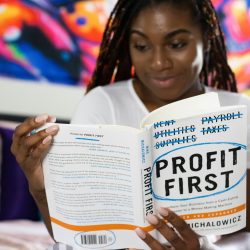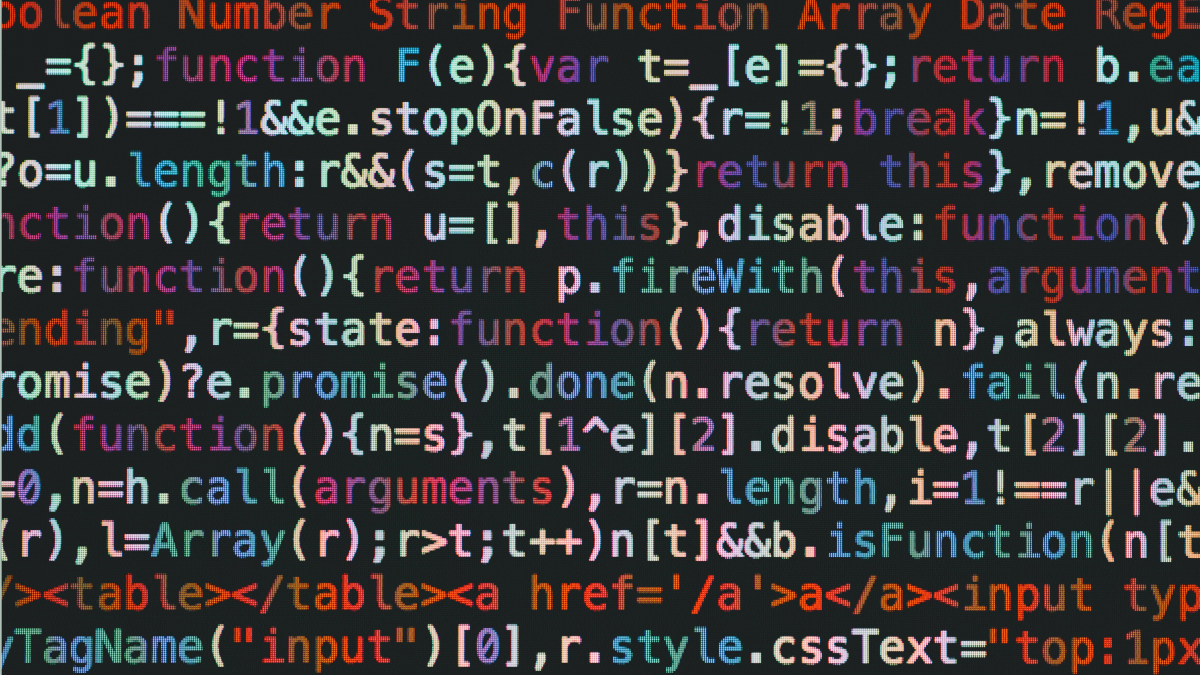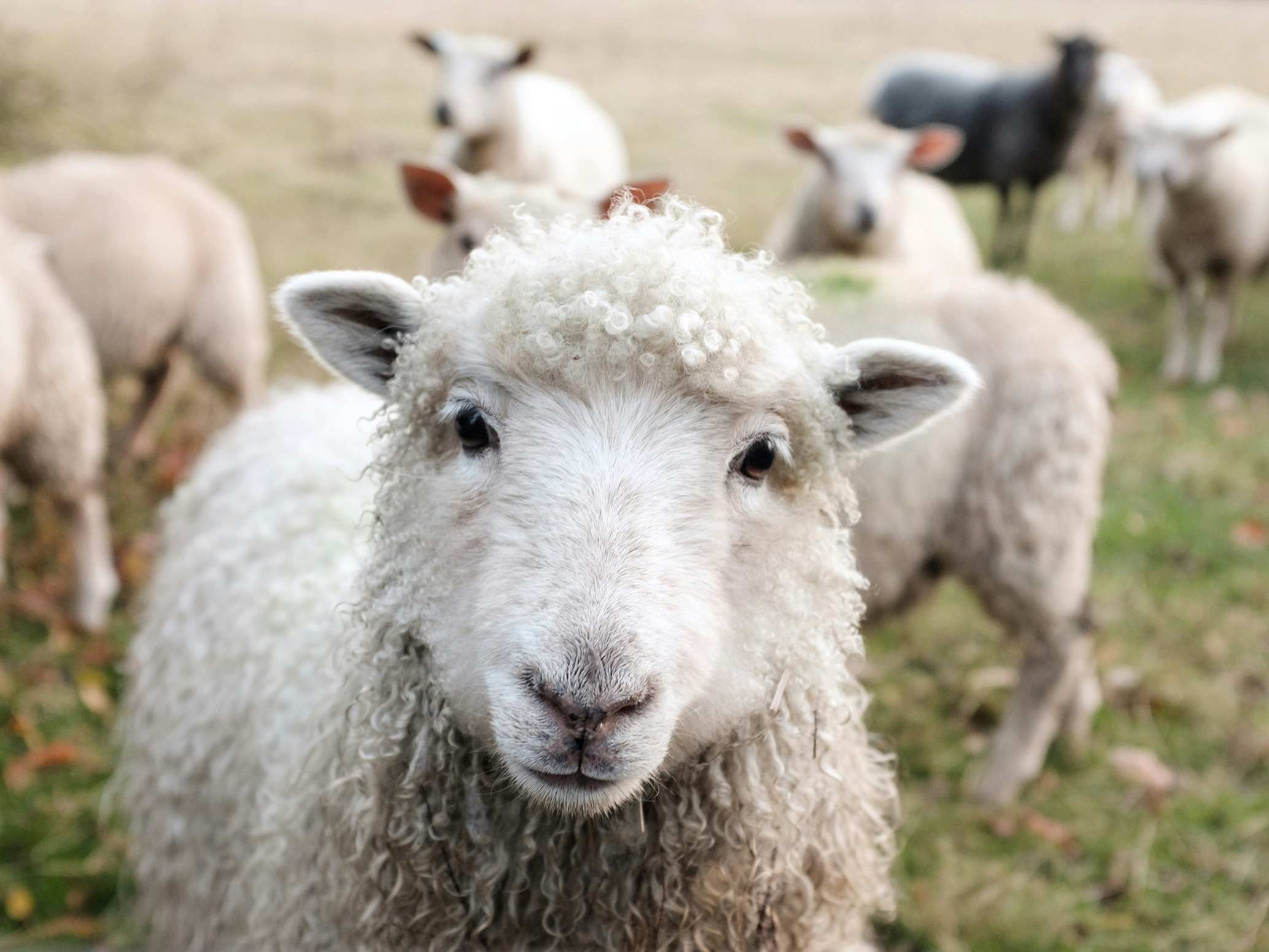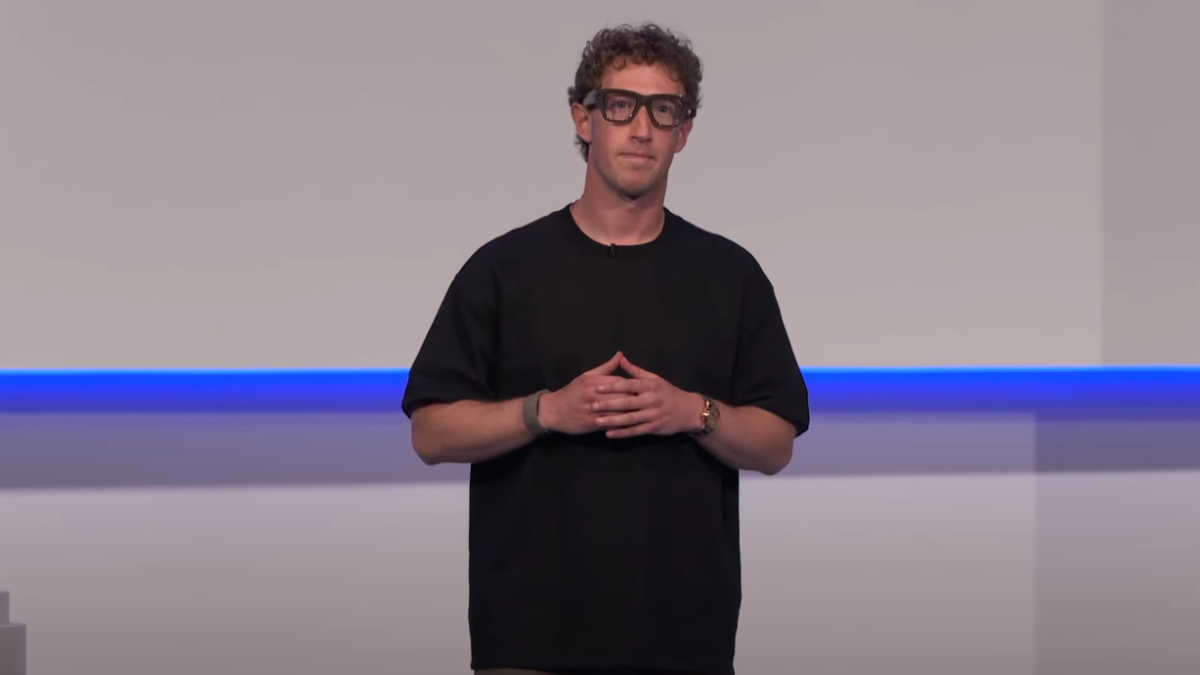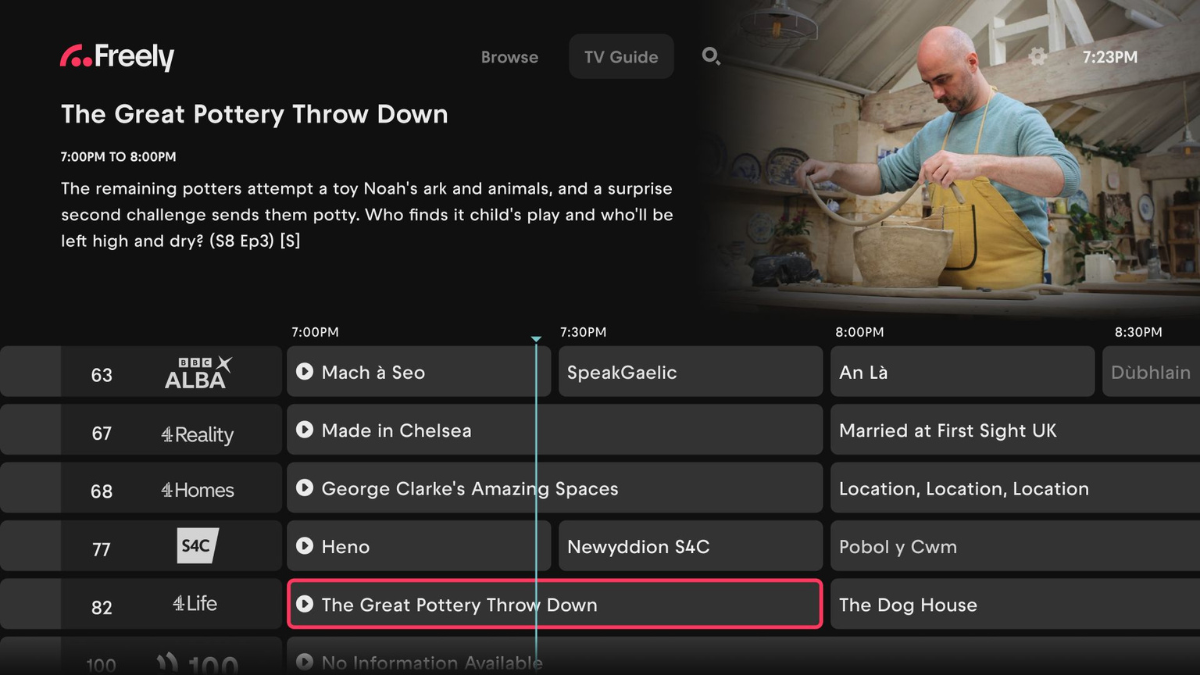The value of human ingenuity in the algorithmic era
Media is moving towards a fully addressable, shoppable and accountable ecosystem, driven by AI-powered algorithms. According to Dentsu’s latest Ad Spend report, 79% of all ad spend will be algorithmically enabled by 2027.
Against this backdrop, the usual AI doom mongering is rearing its head. The idea that humans can set an overall metric for success and then leave an algorithm to deliver it has many people questioning what role they will play moving forward.
However, as more and more companies deploy algorithms, the source of competitive advantage cannot be the algorithm itself but the inputs that it has: unique data sets, brilliant brand ideas, and, above all, human ingenuity.
Humans dream of the future and see the true insight in the past
Human intelligence and artificial intelligence are complementary, each excelling in different ways. Algorithms offer vast data analysis, content adaptation, and are informed by the past, whilst humans provide insight, creativity, and dream of the future. Every high performing team needs diversity, which is what a mixture of human and artificial intelligence brings to the table.
Creativity is an obvious starting place to showcase the importance of human intelligence. Whilst AI is clearly useful in adapting existing creative work, when it comes to creating ideas from scratch there is evidence that even collaborating with AI can be detrimental. Last year, researchers Doshi and Hauser ran a study to test the effectiveness of AI on story writing. Stories co-created with AI were rated higher in terms of quality and novelty when read individually. However, when read collectively, they were rated lower than stories created purely by humans, as they felt too similar too each other.
The parallel with marketing is clear: for brands seeking competitive advantage, superior marketing that is the same as everyone else’s marketing is not superior marketing. AI might raise the floor, but it also lowers the ceiling, and, without human input, brands will fail to stand out.
This has implications for understanding the past as much as imagining the future. At Carat, we used AI to analyse 4000 award-winning case studies in the finance sector, and asked it to formulate a recipe for success. Whilst it uncovered patterns that humans alone would have missed, it also served up marketing advice that was simply too trite to be helpful: ‘be trusted’, ‘stand out’, ‘give people what they need’. As philosopher Amanda Askell puts it, LLMs tend to provide ‘the average of what everyone wants.’
Algorithm architects
Algorithms also need wrestling into shape. There is no single one-size-fits-all. They come in a vast array of different flavours, and an indispensable role of humans is to be algorithm architects, defining the right blend of models to achieve a desired result. To see this, it is helpful to look at the various algorithmic capabilities and the way they fit together.
The most reductive way to view algorithms is technology specific. This defines algorithms by their fundamental capabilities. For instance, generative AI can create content and work alongside creatives. Clustering AI can tease out insight from huge data sets, and work alongside strategists. Machine learning can be used by effectiveness teams and designers to constantly optimise.
A more holistic view is when these different capabilities are stitched together and we see this with platform-specific AIs, such as Google Performance Max or Meta Advantage+. These combine all the capabilities described above within a single platform and are evolving quickly.
However, the most holistic and fundamental ways of architecting algorithms is strategy specific. This groups together different technologies in a way that is platform agnostic. Humans then need to match algorithms to overall marketing objectives. These can be divided into brand, relationship and business algorithms.
Brand algorithms are the ultimate cultural mavens; they are informed by what people are reading, sharing and searching for, and help us create brand experiences in culture that people want. Relationship algorithms, such as personal assistants, help us build one-to-one relationships with people in a way that traditional relationship marketing could only dream of. Meanwhile, business algorithms optimise towards the ultimate business goal, using AI-driven MMM and always-on testing.
As algorithm architects, humans need to deploy the right mix of algorithms and get them working together. Whilst algorithms are masters at optimising the output, we need to be masters at optimising the algorithms. This will involve us learning new skills, not making old ones redundant.
Human Intelligence x Artificial Intelligence
Humans are an indispensable part of the algorithmic era — in our industry, at least. The companies that just use human intelligence will fall behind, but the ones that are over-reliant on algorithms will be iterated into sameness, and will not think imaginatively enough about how algorithms can be deployed and stitched together.
In the algorithmic era, AI will make the successful patterns of the past more knowable and more copyable to more people. Paradoxically, this will make the importance of human originality, insight and bravery more important than they’ve ever been.
Featured image: Markus Spiske / Pexels









